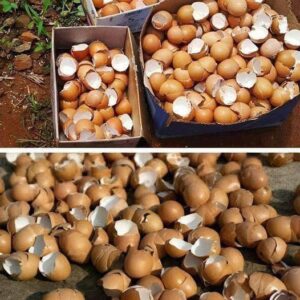If you’ve ever paused while pouring breakfast cereal and wondered about the shallow circular dent on the side of a plastic milk jug, you’re not alone. It may look like a minor design quirk, but it’s actually a built-in safety and durability feature. Packaging engineers include it intentionally, knowing that milk travels far — from processing plants to trucks, store coolers, grocery carts, and finally your fridge — and the container needs to handle every step along the way.
The dent acts as a flexible pressure regulator. Because milk is stored cold, the liquid inside naturally expands and contracts as temperatures fluctuate. Instead of letting that pressure strain the container, the indentation pops slightly inward or outward to absorb the change. It’s a simple mechanism that helps prevent bulging, cracking, or sudden leaks — especially during transport or when the jug sits in a warm kitchen before being refrigerated again.
Beyond pressure control, the shape also strengthens the jug. Rounded forms are excellent at distributing force, so the indentation reinforces the plastic without requiring extra material. That means a sturdier container with less weight and less waste — a smart balance of efficiency, cost, and environmental consideration. Even everyday bumps, drops, or tight shelving are less likely to damage the jug because of this subtle structural support.
So if you notice the dent pushed in or slightly expanded, don’t worry — it’s doing exactly what it was designed to do. Alongside the molded handle and ridged base, it’s one more reminder that thoughtful engineering hides in the most ordinary household items. The next time you grab a gallon of milk, you’ll know that little circle is quietly working to keep your kitchen — and your groceries — mess-free.




